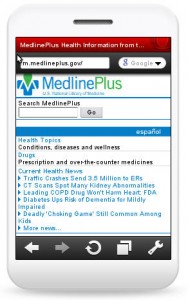It came from the stacks
If you’re like me and a fan of the TV show Bones, you might enjoy these two new additions to the library:
The Bone Lady : Life As A Forensic Anthropologist.
Trail Of Bones : More Cases From The Files Of A Forensic Anthropologist.
As director of the Forensic Anthropology and Computer Enhancement Services (FACES) Laboratory at Louisiana State University, Mary H. Manhein unravels mysteries of life and death every day. A fellow of the American Academy of Forensic Sciences and an expert on the human skeleton, Manhein assists law enforcement officials across the country in identifying bodies and solving criminal cases. Manhein reveals the everyday realities of forensic anthropology. Going beyond the stereotypes portrayed on television, this real-life crime scene investigator unveils a gritty, exhausting, exacting, alternately rewarding and frustrating world where teamwork supersedes individual heroics and some cases unfortunately remain unsolved. A natural storyteller, Manhein provides gripping accounts of dozens of cases from her twenty-four-year career. Some of them are famous, others less well-known but equally compelling. Possessing both compassion and tenacity, Mary Manhein has an extraordinary gift for telling a life story through bones. Trail of Bones takes readers on an entertaining and educating walk in the shoes of this remarkable scientist who has dedicated her life to providing justice for those no longer able to speak for themselves.
Both books are located at the Dental Library and can be checked out.

 myLSUHSC
myLSUHSC
